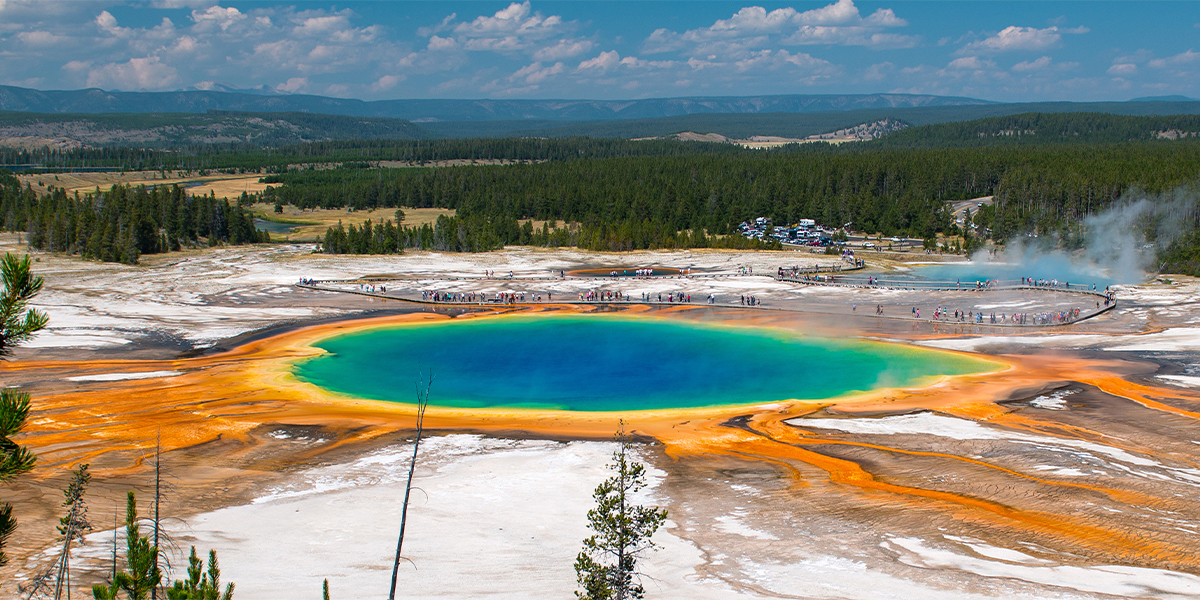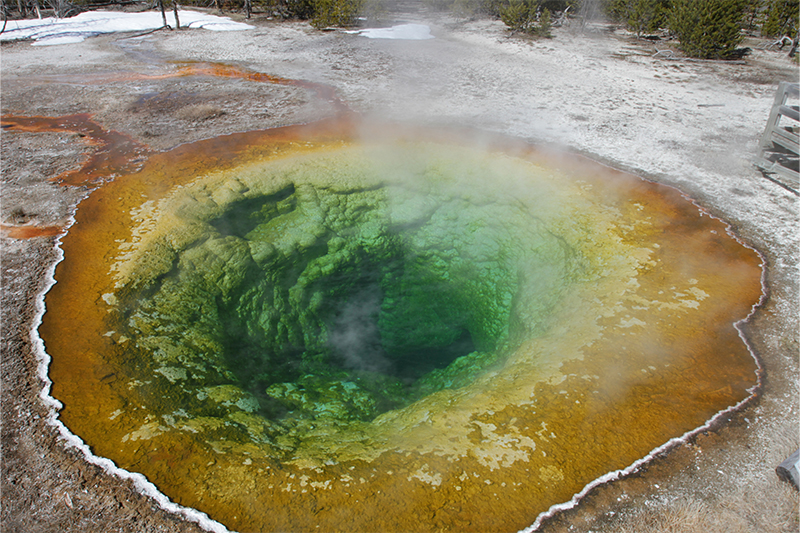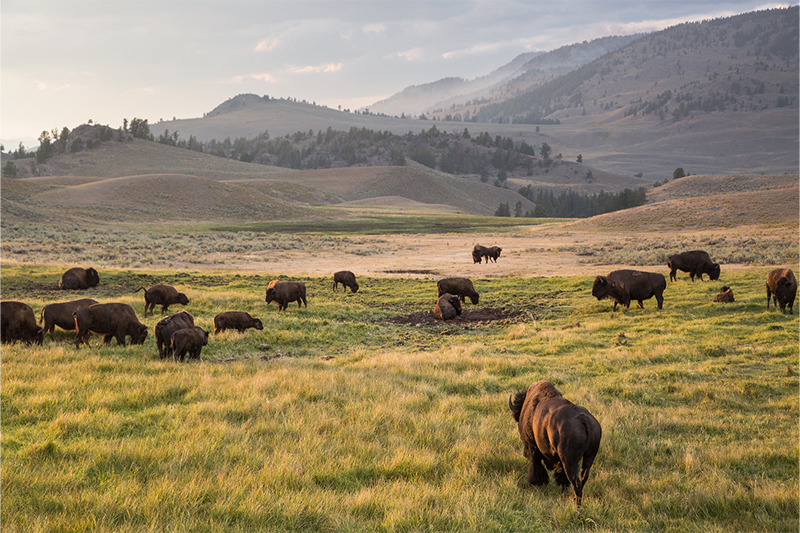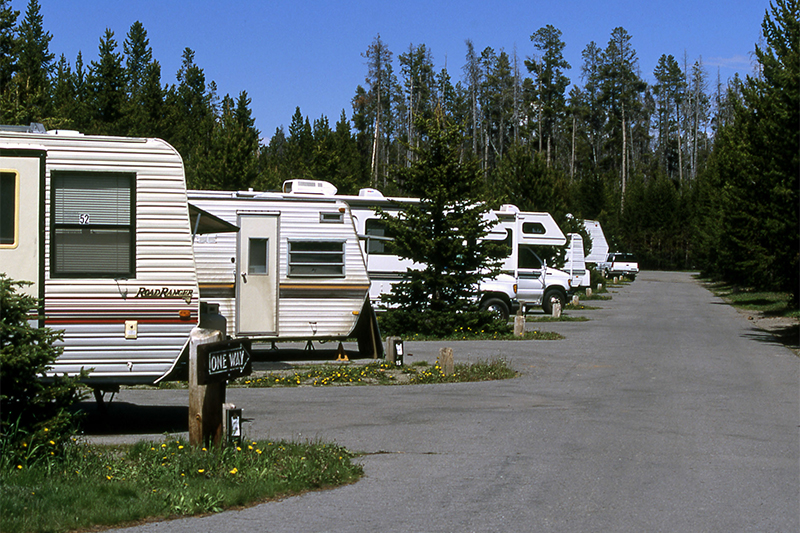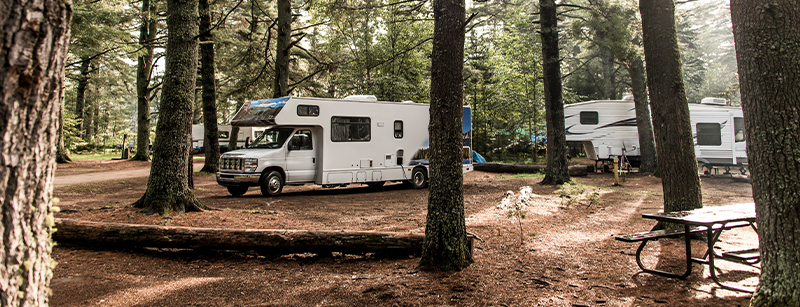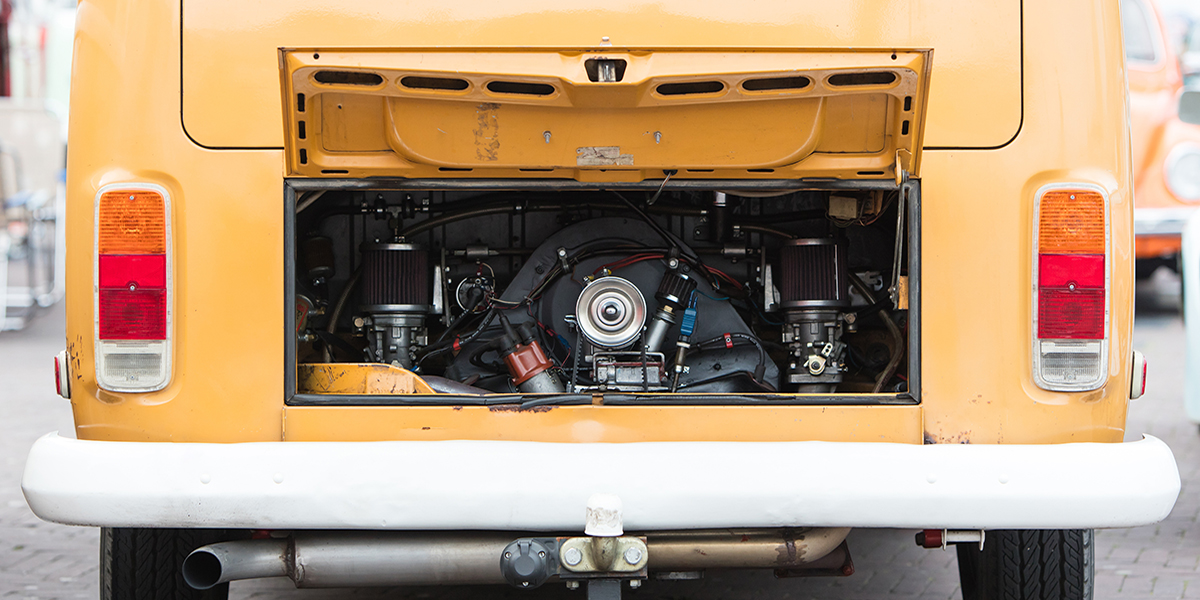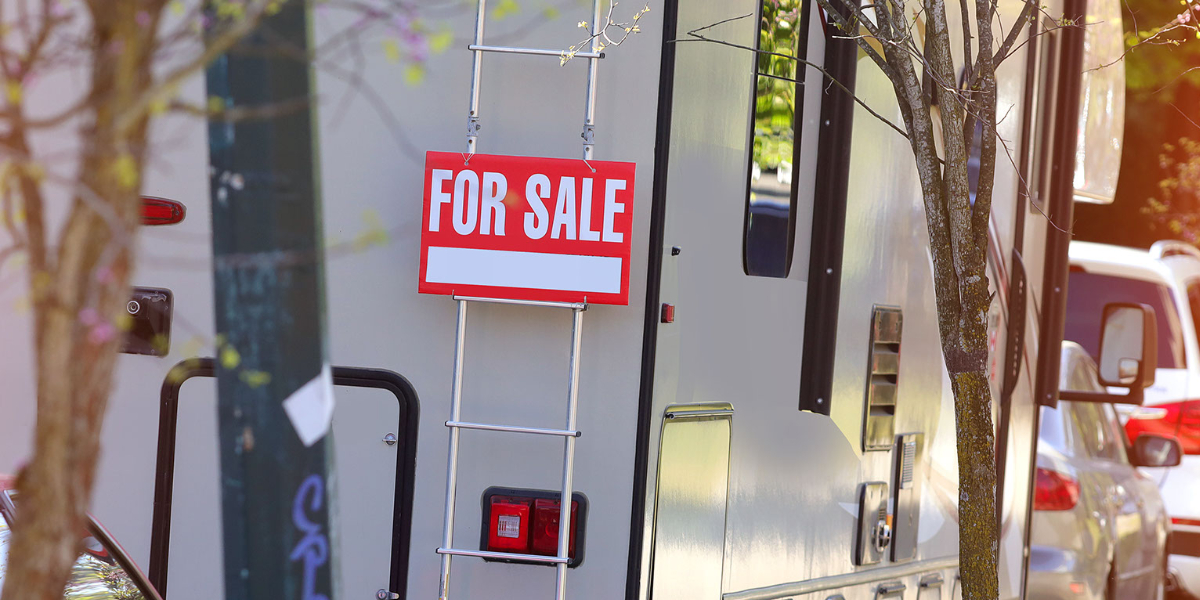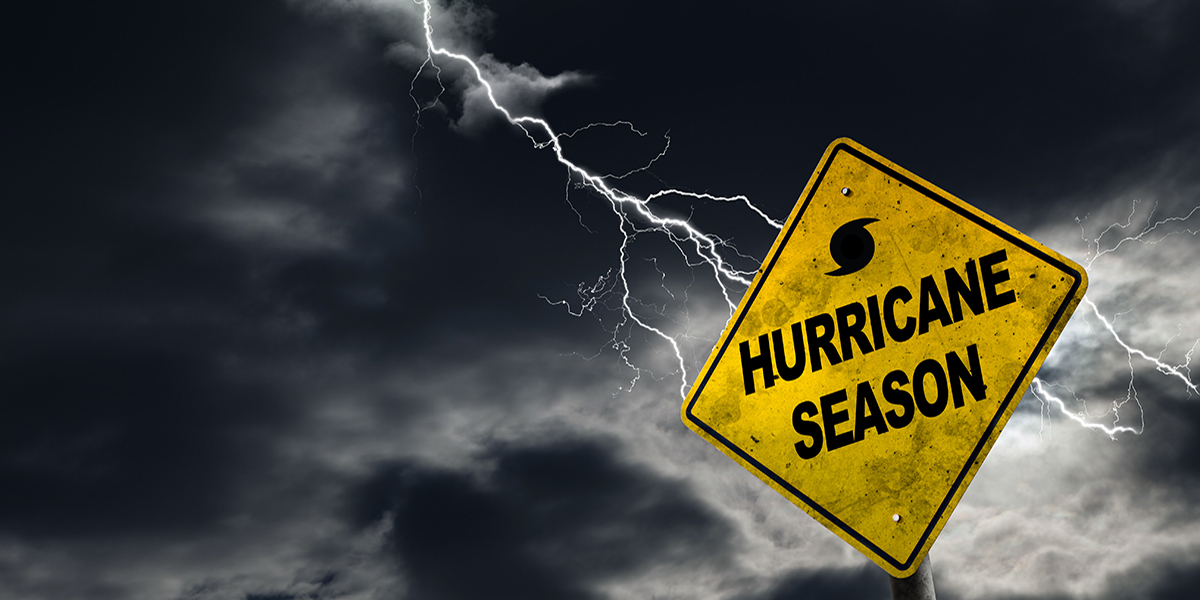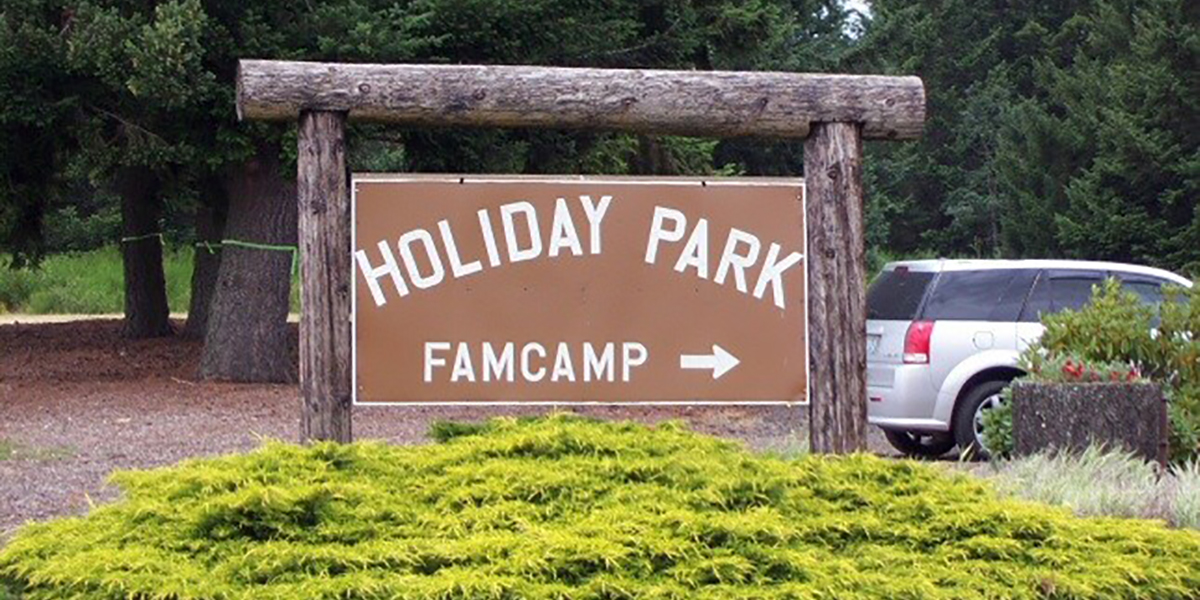Pop-up campers are a great camping option that allow you to experience the outdoors while avoiding pitching a tent on the hard ground. One of the smallest and lightest RV options, these campers are collapsable and easier to tow and maneuver compared to a full-size trailer. Outside of surface cleaning, proper maintenance is essential to extend the life of your pop-up camper. Keep your unit as good as new with RV Trader’s eight tips for pop-up camper maintenance.
1. Use RV-Specific Cleaning Products
When cleaning your pop-up camper, it may be easy to reach for your regular, handy cleaning products. That may work for cleaning some parts of your camper, such as windows and the interior, but some surfaces and fabrics need special products. Using cleaners that are made specifically for RVs is always a safer bet, especially if you don’t know which chemicals could be too harsh.
2. Don’t Store Your Camper When It’s Wet
If you get caught in the rain, you’ll want to ensure that your camper is completely dry before storing it. Moisture can lead to mildew and mold on your camper’s canvas. If possible, let your pop-up camper dry in the sun. Or, towel dry as much of the canvas as possible before storing the unit. If you do notice any moisture damage, clean the canvas as soon as possible. Make sure you know what type of material your canvas is made of, since different fabrics require different types of cleaning products.
3. Waterproof the Canvas and Hard Sides
Protect your camper in advance from water damage by waterproofing the canvas and hard sides of the unit. Use a water repellent to treat the surfaces of your camper. Check your work by seeing if water beads and rolls off the fabric, as opposed to soaking in. As you’re waterproofing, look for tears in the fabric of your canvas and repair them immediately with an adhesive glue or repair kit.
4. Inspect the Roof Seals
Make a habit of inspecting the roof seams and seals every few months. If you notice any cracking, apply a rubber sealant to keep the seams from drying out.
5. Clean AC Filters
If you choose to travel with an air conditioning system, remember to clean it out. A clean filter doesn’t have to work as hard as a dirty one, saving your pop-up camper’s battery some energy. How often you clean the AC filter depends on how often you use the unit. It’s beneficial to give the filter a quick look after every trip, especially if you’ve traveled somewhere with more dust in the air.
6. Maintain Water and Waste Systems
If you aren’t using the water hookups at a campsite, you’ll rely on your pop-up camper’s freshwater system for cooking, drinking, and bathing. Before a camping trip, check the water levels in your tank to make sure you always have enough. You’ll want to keep the lines for your water system clean by occasionally sanitizing them during camping season and again at the end of the season.
Drain any gray water, which is waste water from the sink and shower, with a different hose than you use for freshwater. If you’re camping in a remote area, or don’t have access to full hookups, keep an extra container or portable tank to collect the gray water. If you’re staying at a campsite, read the rules for waste water removal beforehand.
7. Inspect Tires Regularly
Nothing is worse than getting a flat tire when you’re cruising down the road while towing your pop-up camper. Your unit uses different types of tires than cars, which are designed with a higher operating pressure and stiffer sidewalls. Maintaining a pop-up camper’s correct tire pressure is critical in preventing flats, so inspect the tires before every trip. Consider purchasing a tire pressure gauge to get a reading no matter where you are.
Before each trip, you’ll also want to use a torque wrench to check the tightness of the lug nuts. If lug nuts are not properly secured, your camper’s wheel could suddenly fly off.
8. Check the Battery
Your pop-up camper’s battery is essential in running anything that uses electricity if you don’t have access to electrical hookups. A battery monitor can help track your usage and let you know how much voltage is left. To extend the life of your battery, avoid running below 50% of the total voltage. Between trips, recharge your battery. At the end of your camping season, store the battery in a dry environment at a moderate temperature.
Pop-up campers provide a more affordable way to experience RV life. By following these tips for proper care and maintenance, you can avoid costly repairs and ensure that the unit remains a great investment.
If you’re ready to buy a pop-up camper of your own, browse the nationwide marketplace at RVTrader.com.
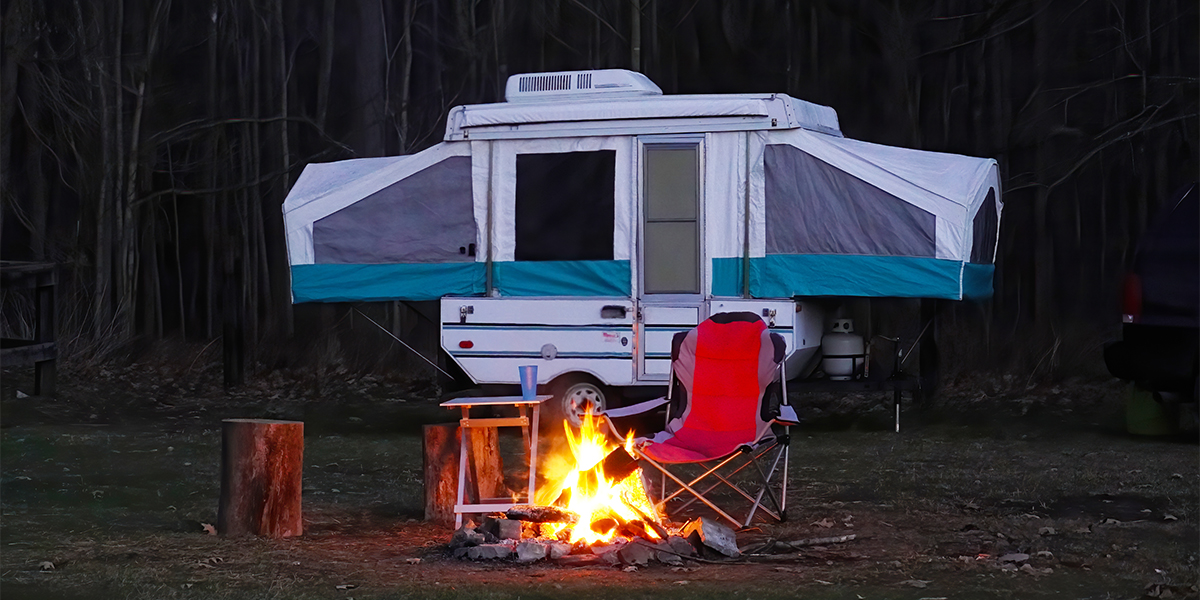
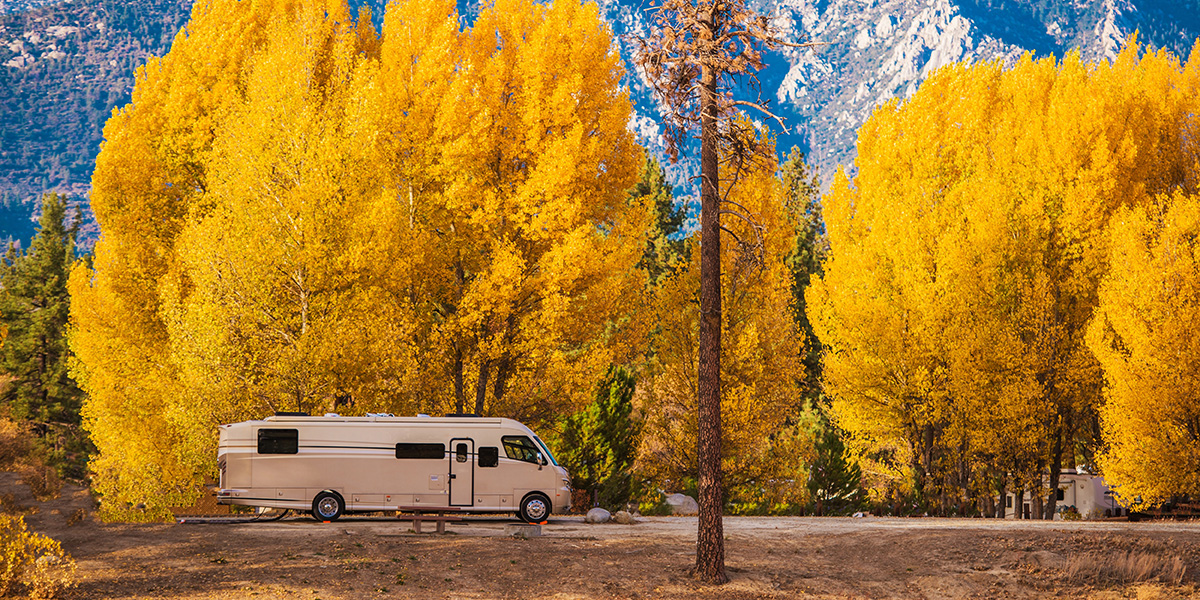
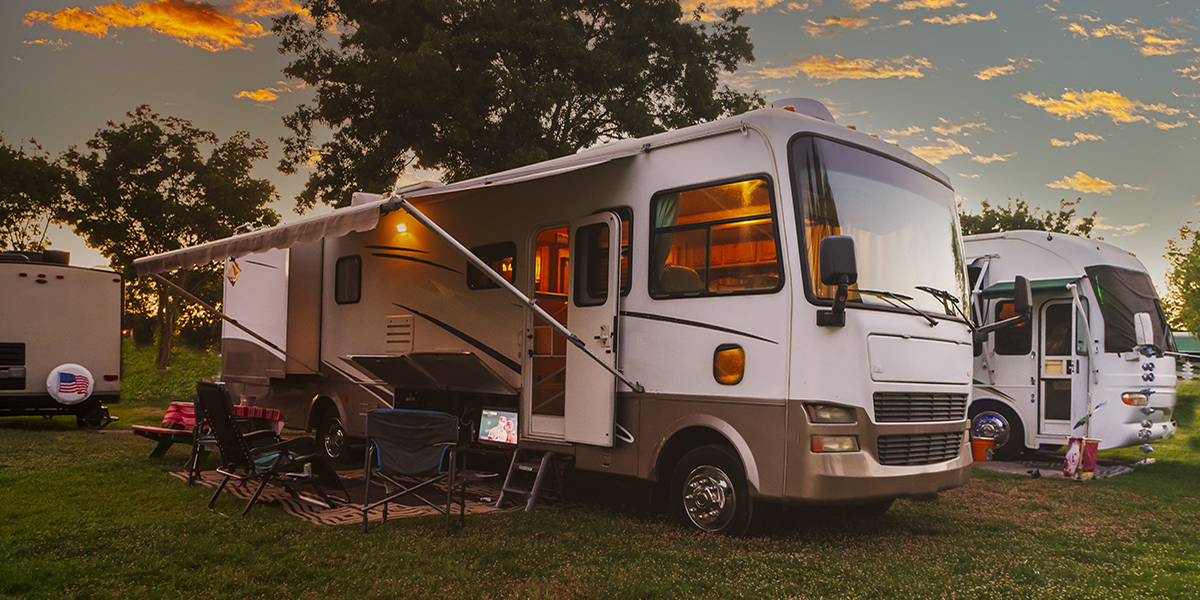

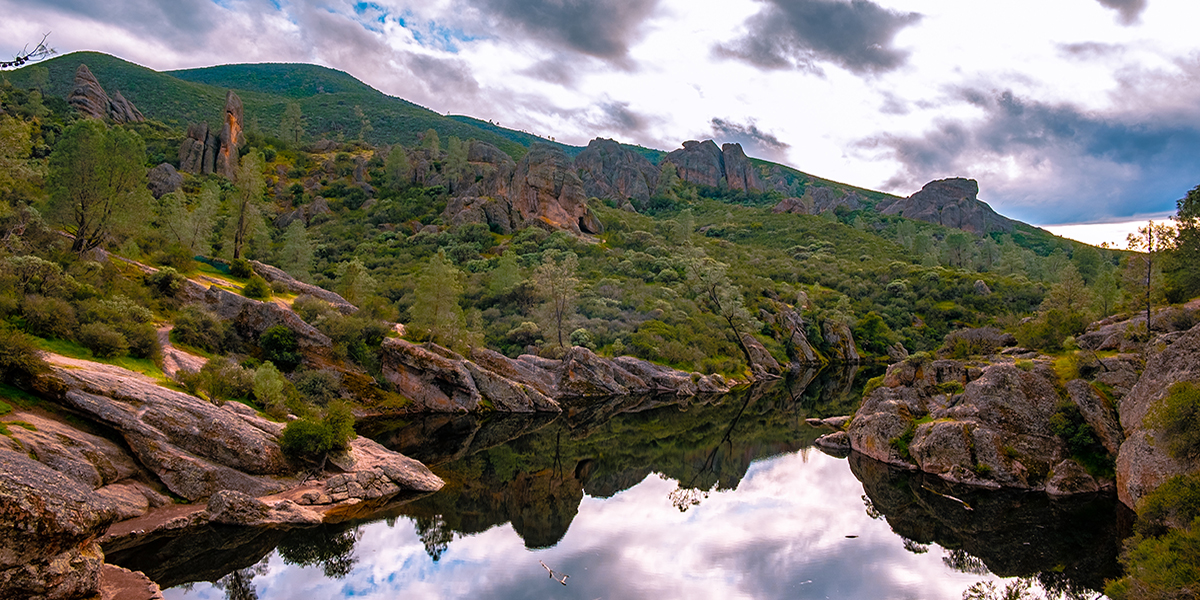
 FMCA
FMCA